What is it?
The Mercedes GLC 300e is one of a pair of plug-in hybrid options offered within its maker’s mid-sized family SUV range. Updated as part of the 2019 facelift on the car, it offers the same 13.5kWh drive battery as the GLC 300de diesel hybrid but it’s slightly lighter, faster and cheaper than its sibling and has better claimed all-electric range.
The diesel-electric version, meanwhile, has the better claimed overall running economy, not to mention a WLTP CO2 emissions rating low enough to score the lower benefit-in-kind rating of the two. Right now, the difference could be 12% versus 15%, depending on individual model specification.
The plain truth is that plenty of other similarly sized plug-in hybrid SUVs now offer better tax-qualifying numbers, but Mercedes sells the GLC on its versatility, and its freedom from some of the compromises that can be associated with some of those rivals.
For starters, this car offers permanent mechanical four-wheel drive, with an electric motor sandwiched between its engine and gearbox rather than nestling between its rear wheels. Where a Land Rover Discovery Sport P300e is rated to tow up to only 1600kg on a braked trailer and the latest Toyota RAV4 PHEV even less, the GLC 300e will haul up to two tonnes behind it safely. If you’re the sort of person who frequently makes use of your SUV’s added utility value, that might very well matter to you.
While other GLC derivatives offer self-levelling air suspension (as do certain of the GLC 300e’s rivals), it sadly doesn’t. All UK-market GLC plug-in hybrids get the same passive steel coil spring set-up by virtue of all being AMG Line trim, or extensions of it. It’s described by Mercedes as a sport suspension set-up but there’s no driver-configurable or adaptive element to it.
The car’s combustion engine is a 208bhp 2.0-litre turbocharged petrol four-cylinder, which combines with a 121bhp electric motor to make a total system output of 315bhp, and for up to 516lb ft of torque. They’re healthy-sounding numbers, even if the car rarely feels like its performance is quite as you might consequently expect it to be.
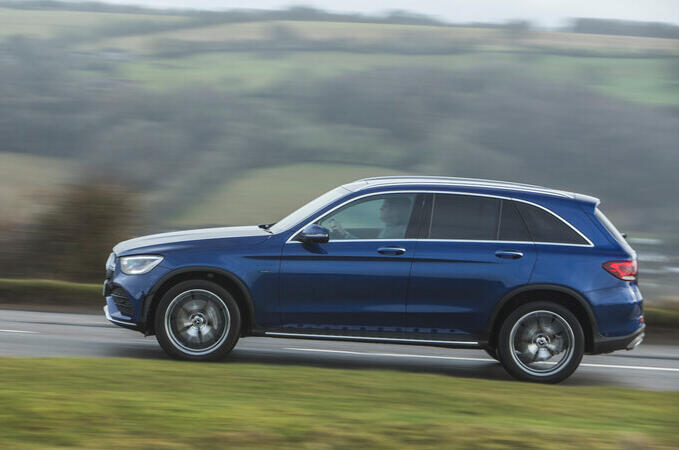

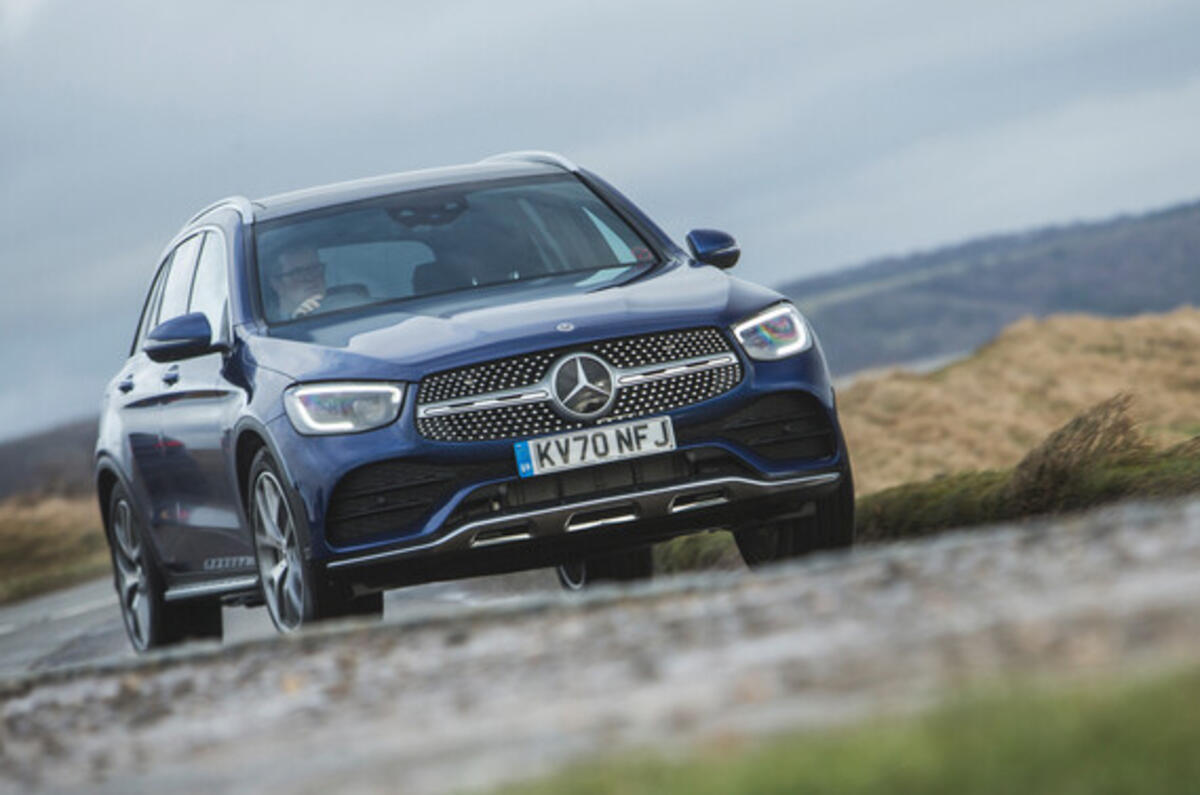
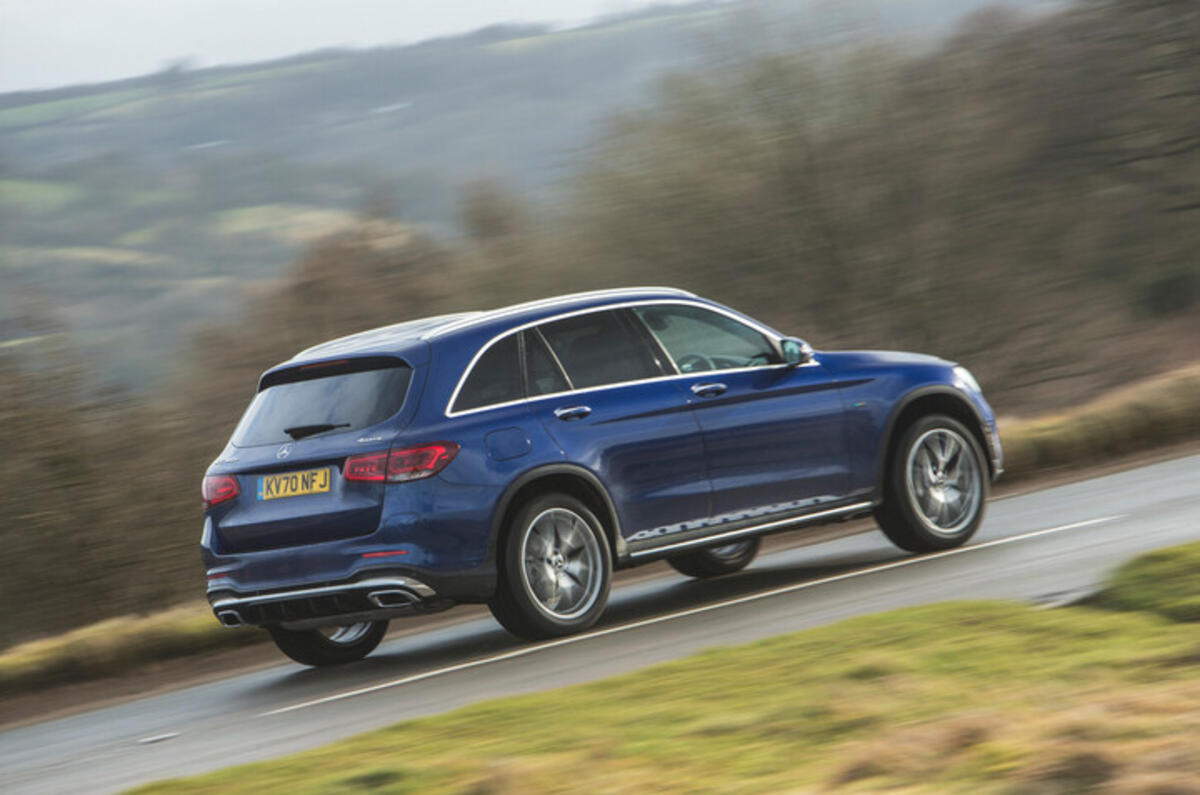

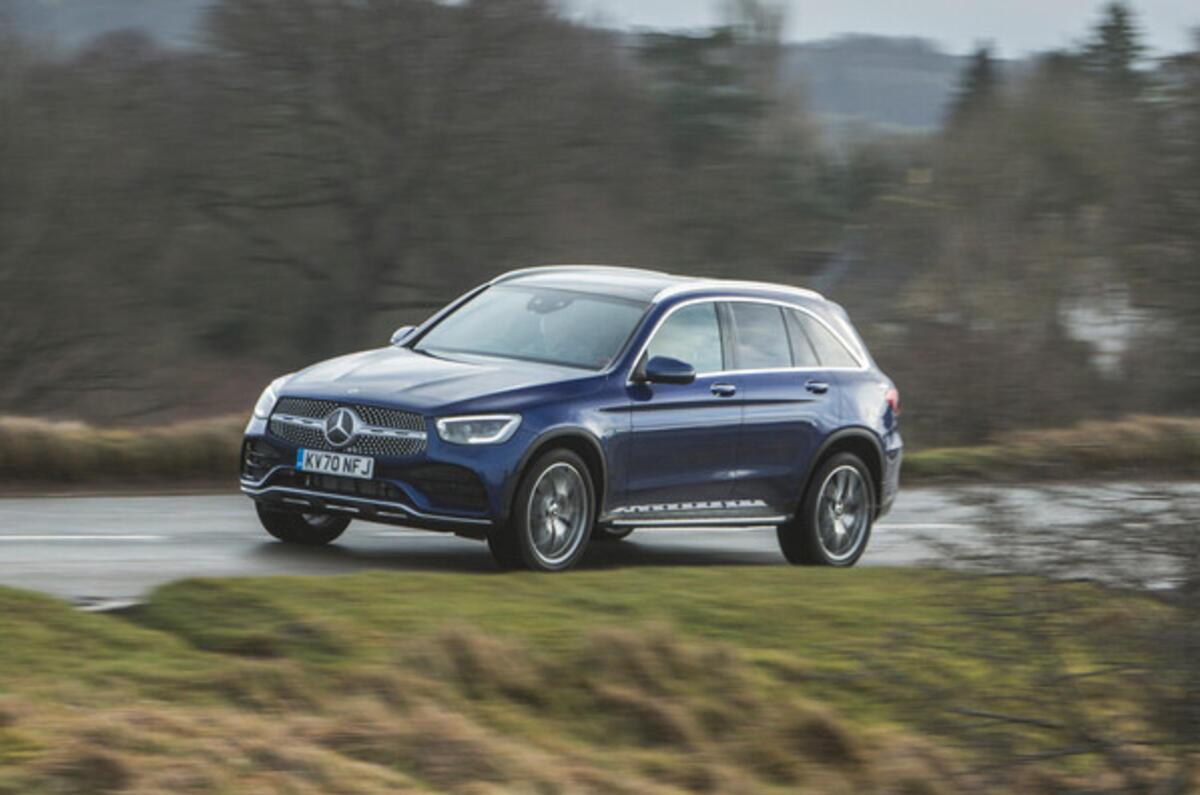

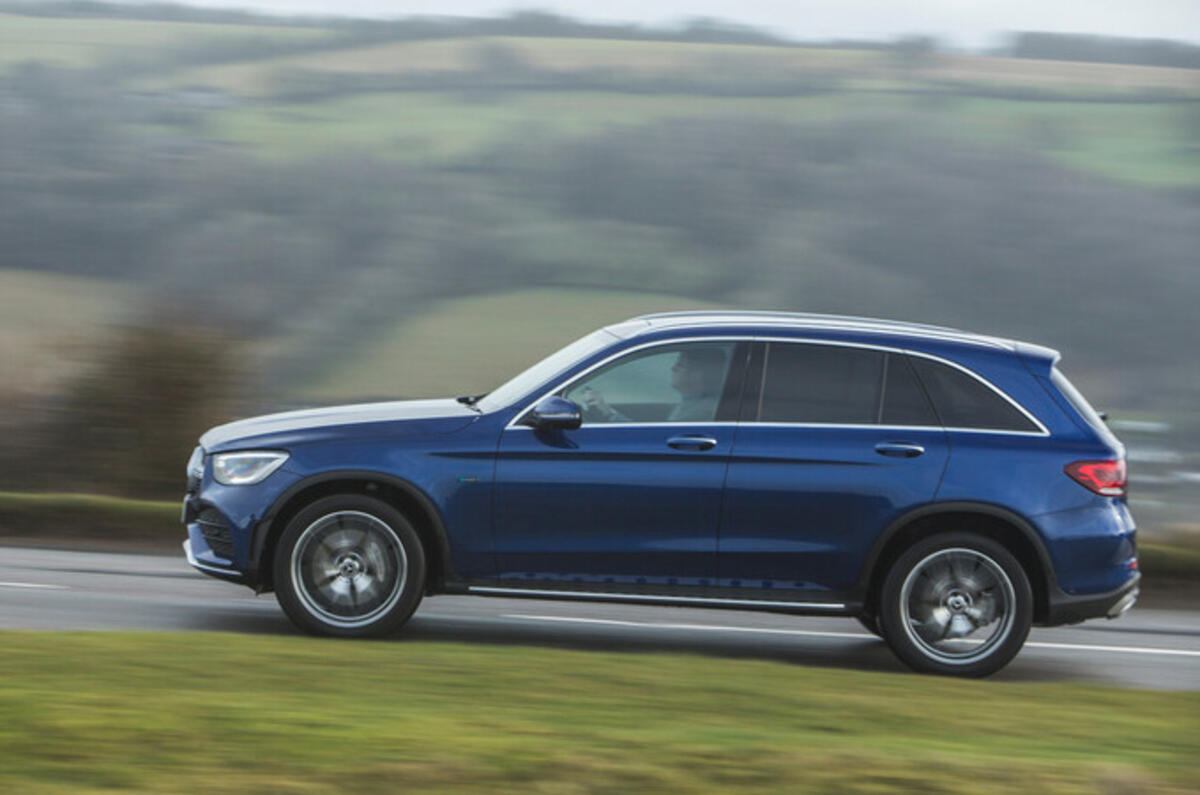


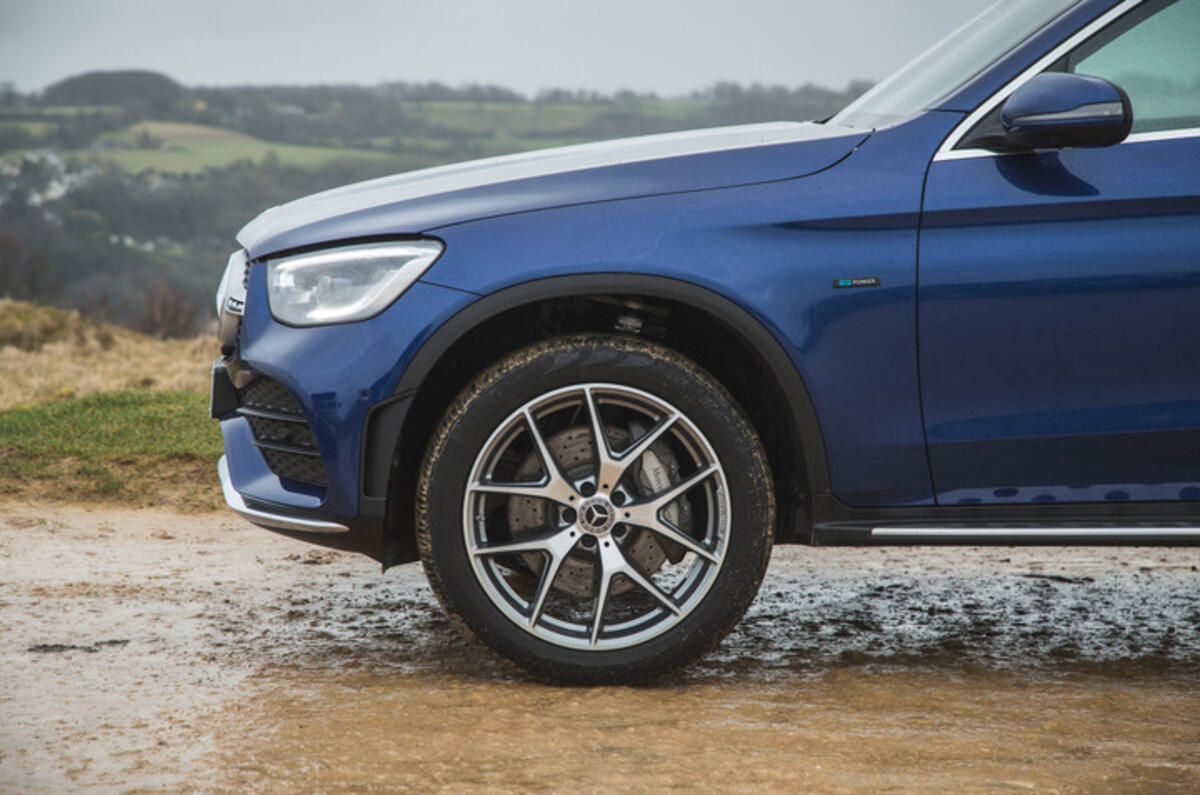
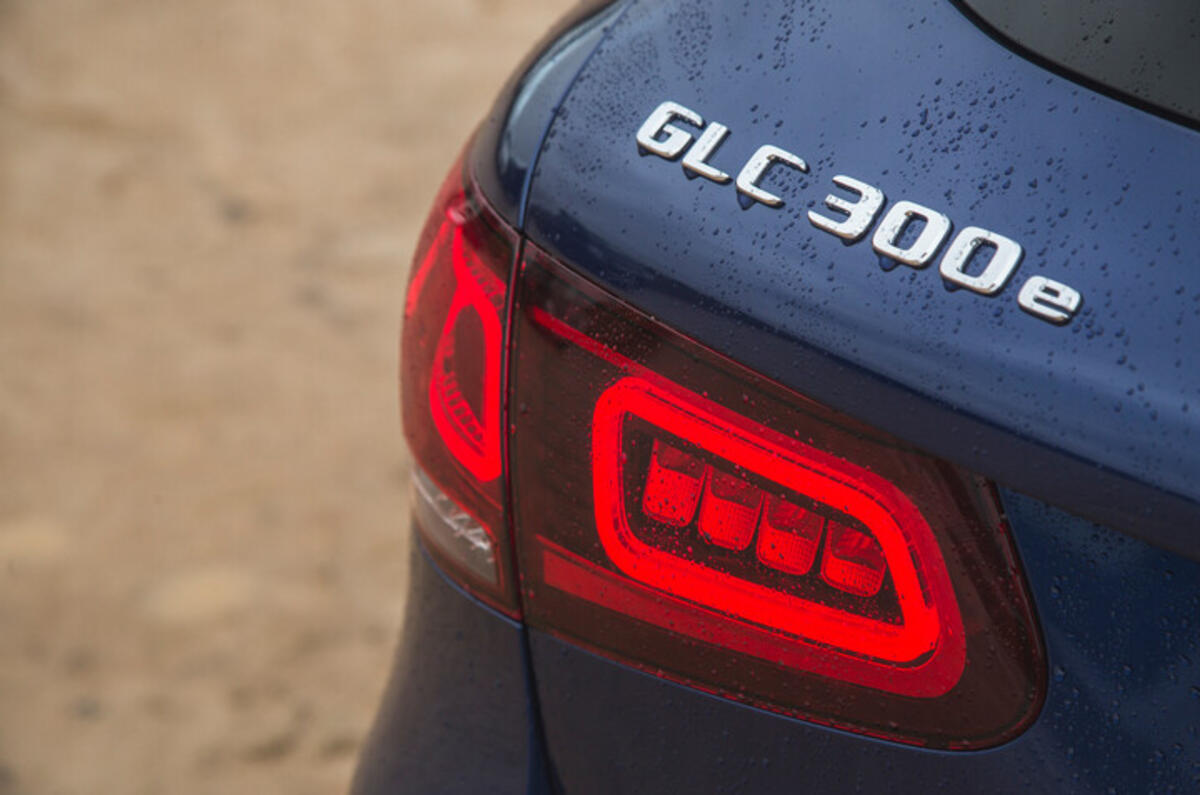
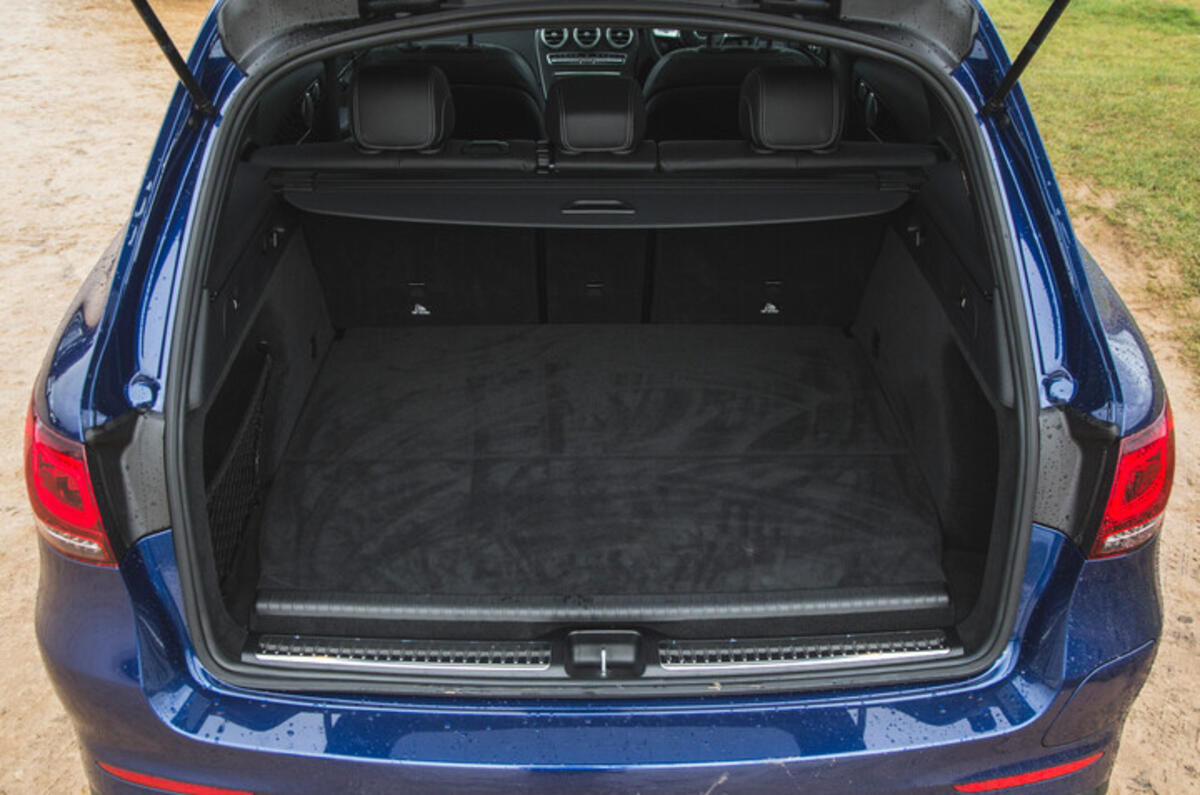
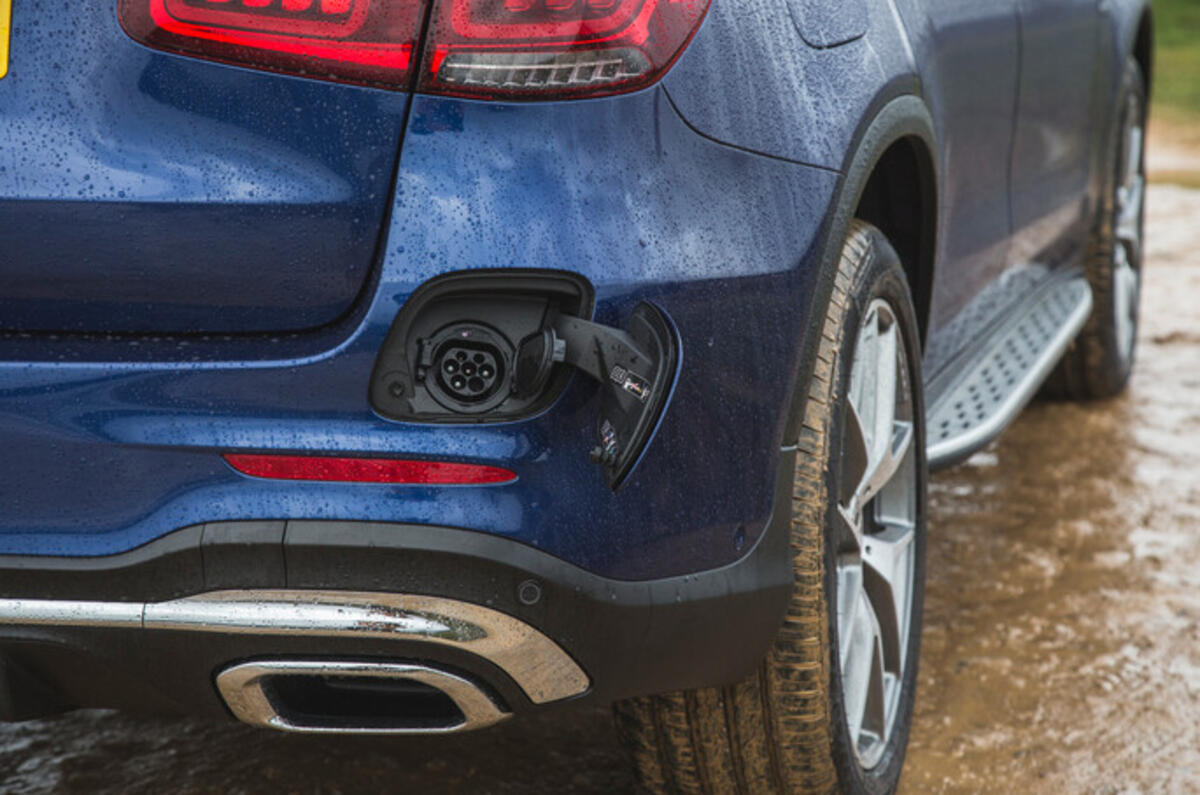
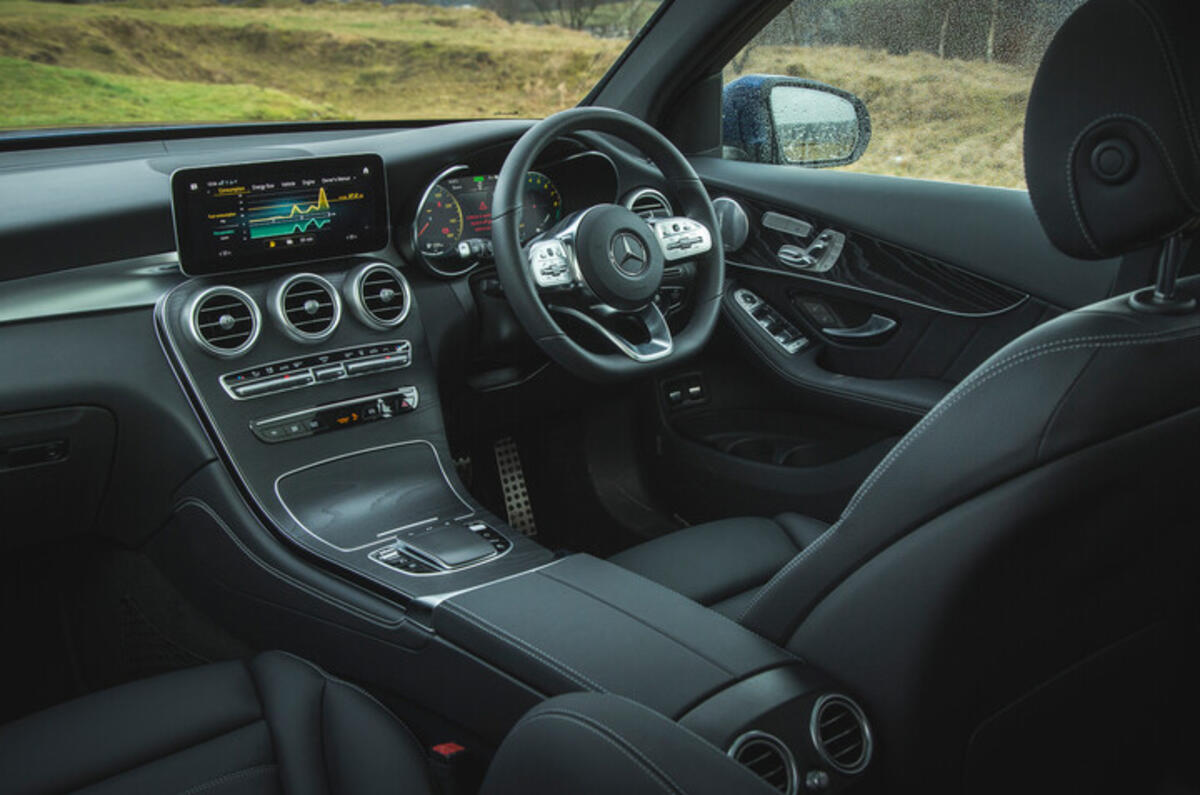
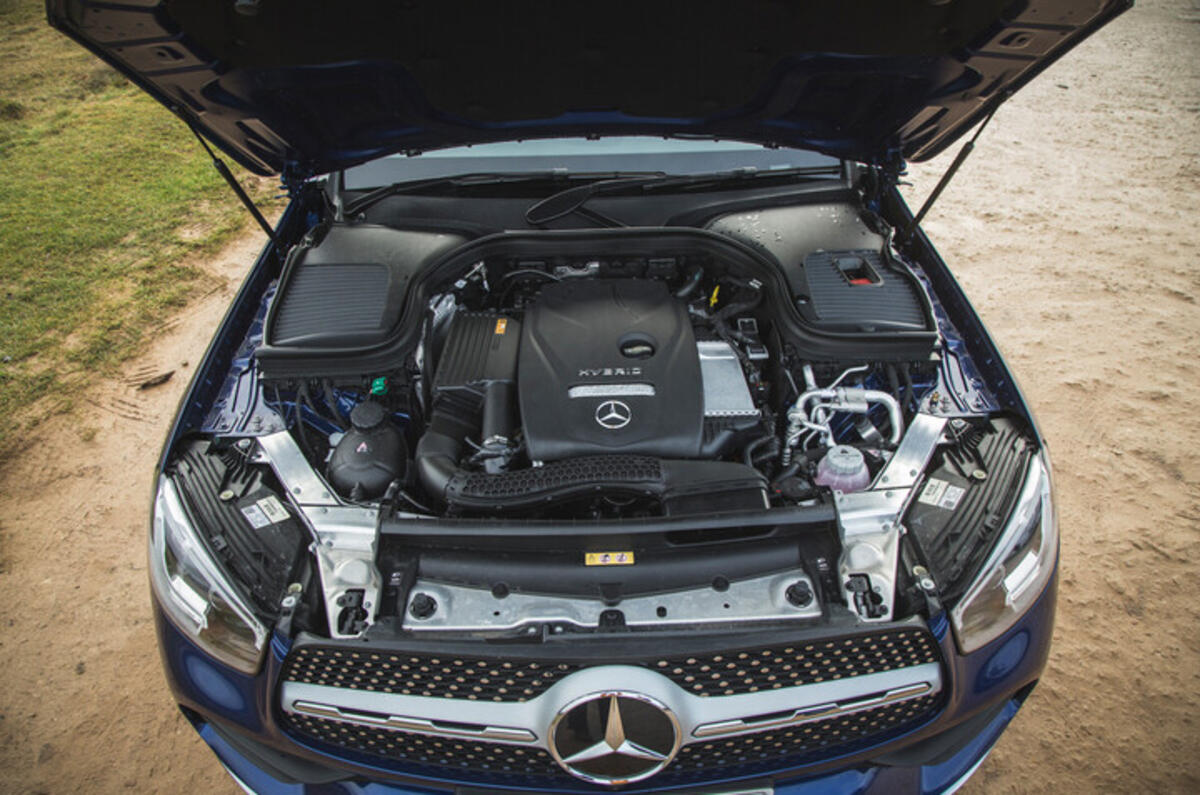
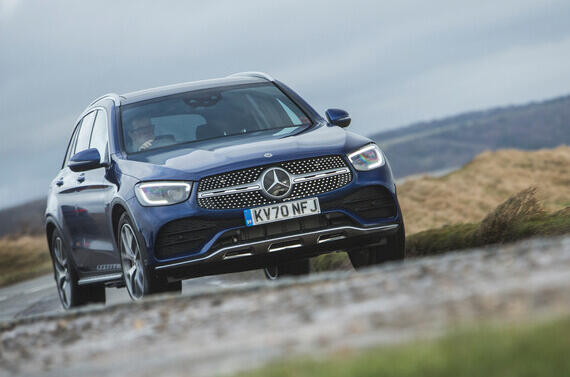




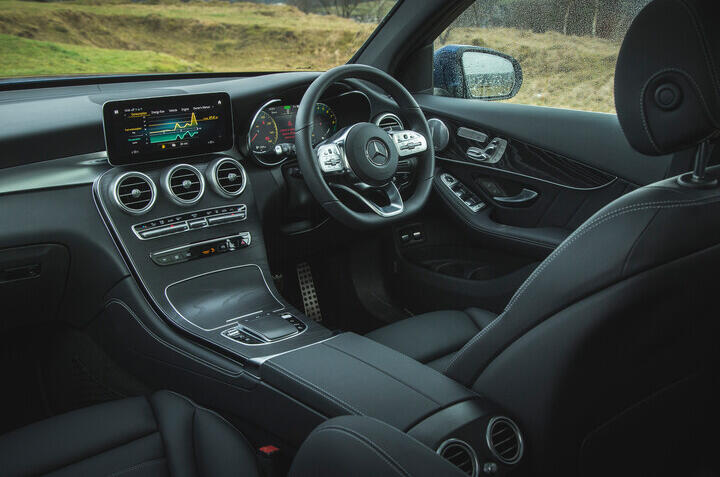
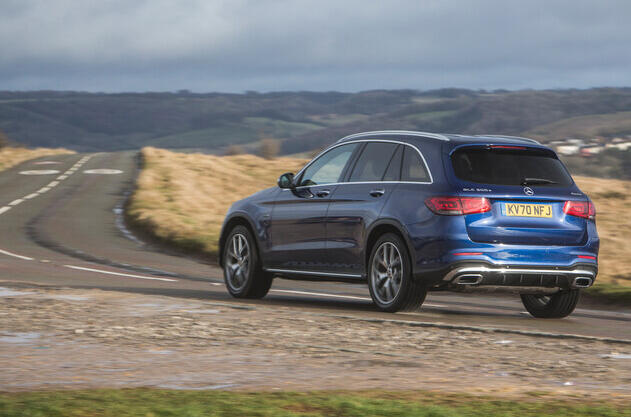
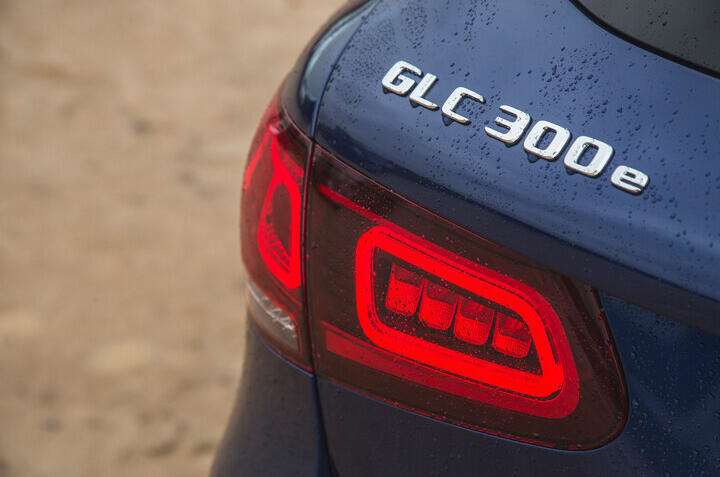

Add your comment